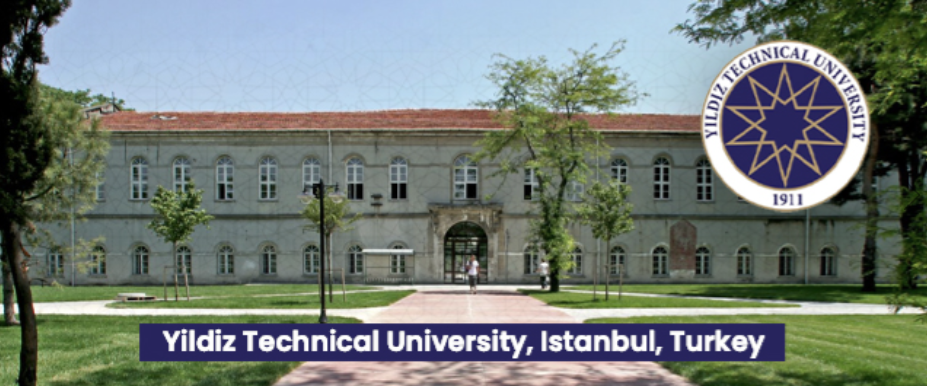Abstract
After Modernity, the human has become the subject, and the world redefined by the human has turned into a painting. However, the efforts of human subjectivity to reveal the world in the Anthropocene Era, with negative practices such as the “planned obsolescence theory,” which is the research subject, even prepares for the end of its existence. According to the research hypothesis evaluated through the theory’s effect on architectural problems, “secularization should take place against planned obsolete architecture.” The research aims to show that positive feedback can be provided in society and ecology by reversing architectural consumption. It is to open up for discussion that architecture, which is left in the tension of life and death but revived by the urbanites and nature despite the negativity of decay, can be sustained by becoming secularized. How planned obsolete architectures become secularized is revealed through visual documents and tables and discourse and descriptive analysis methods through architectures of different scales and geographies, which can be reactivated in human-nature activity while in crisis of decay. At the micro and macro scale of architecture, Hawthorne Plaza Shopping Center, Banker Han (Banker Kastelli), Doel Village, and Houtouwan Village were selected as purposeful examples.
















